Braving the Crowds at Ephesus
Articles on this site contain affiliate links, meaning I may be compensated if you buy a product or service after clicking them. The full privacy & disclosure policy is here.In classical times, Ephesus was a city that mattered.
The largest Roman city outside Rome itself, it was home to the temple of Artemis, one of the seven ancient wonders, and an outdoor theatre that was probably the biggest in the world at the time.
Multiple aqueducts supplied the metropolis with clean water. Two of Jesus’s apostles are associated with the area and 250,000 people are believed to have lived there, working in the markets, washing in the communal baths, filling the streets from dawn to dusk.
1500 years later, much has changed…but not the crowded streets.
Those are definitely still there.
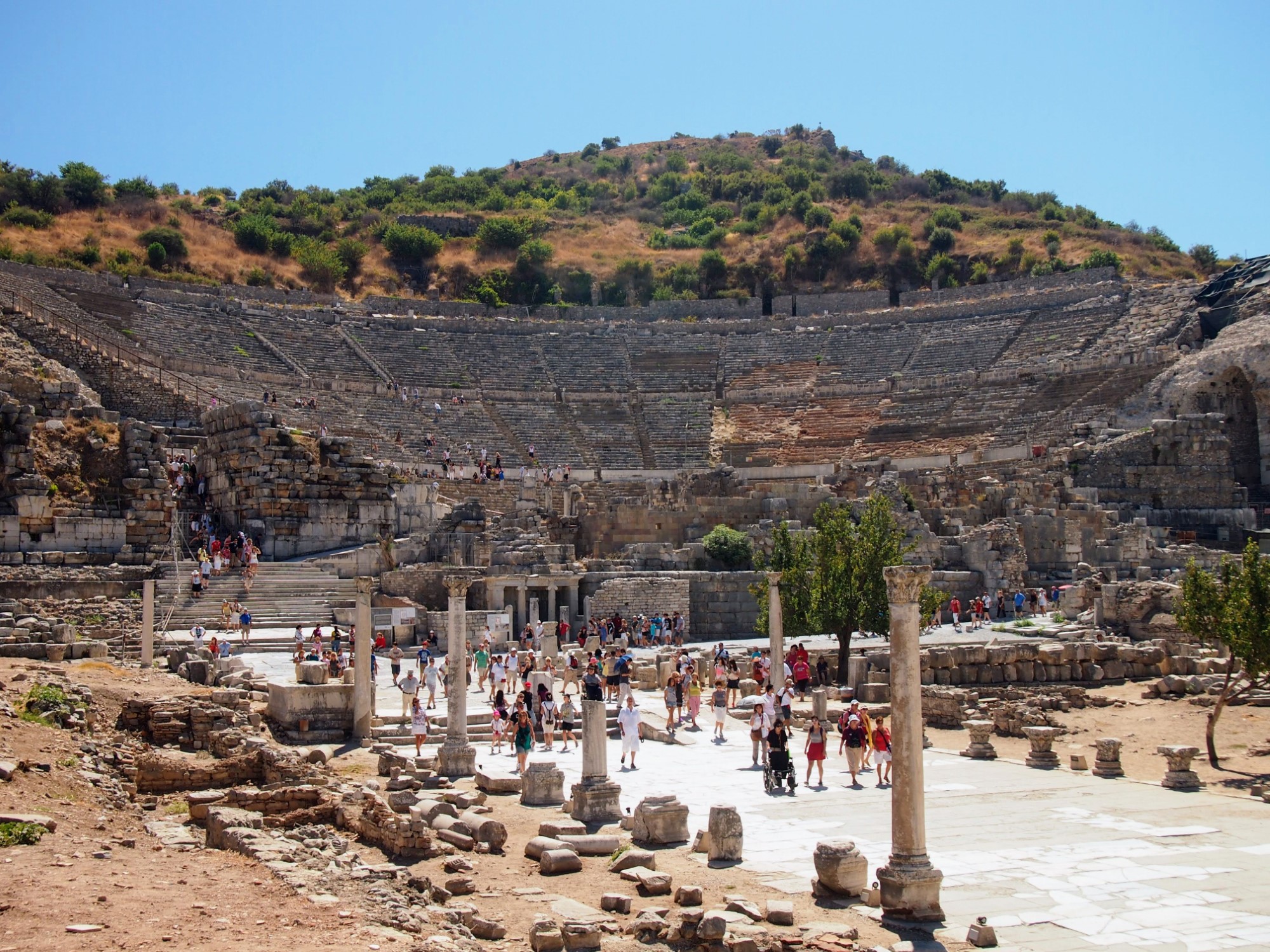
We were staying at Atillia’s Getaway, an absolutely wonderful hostel that easily ranks as one of the best I’ve been, anywhere in the world. A few kilometres outside the town of Selçuk, it’s within walking distance of the Ephesus entrance gates. More of a backpacker resort than an ordinary hostel, it’s a place that’s very easy to recommend.
Other travellers who were staying there were adamant that the best time to visit Ephesus was early morning or late afternoon, to beat the worst of the heat and tour groups. I assumed that showing up around 9.30am would be early enough.
I assumed wrong.
The number of large buses speeding past on our walk to the site wasn’t a great sign, and seeing dozens more in the car park confirmed our suspicions. Even at that relatively early hour, hundreds of people were flooding through the entrance gates and the temperature was becoming uncomfortably warm.
Damnit.
We really should have got out of bed a little sooner.
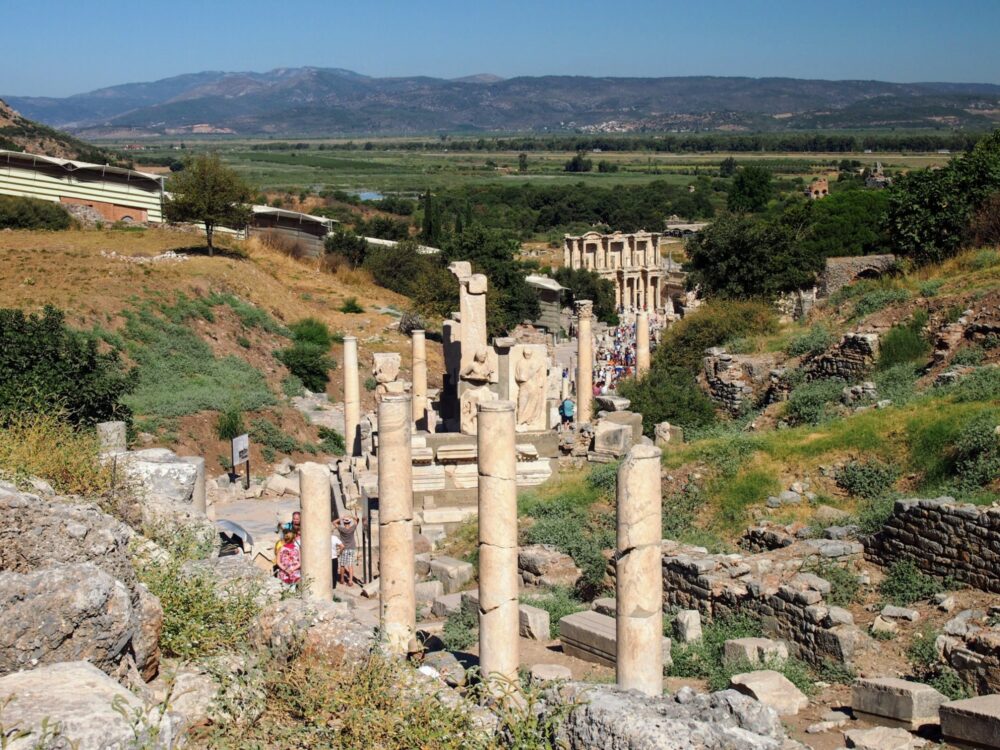
Ephesus is this popular for a reason, mind you. If you’re in any way interested in ancient history, a couple of hours here will blow your mind. I’ve spent more than enough time clambering around old rocks in Italy and Greece over the years, but they are all a pale reflection of what has been unearthed here near the Turkish coast.
The most amazing part of all was knowing that the streets and columns, homes and theatres, baths, forum, library and everything else so painstakingly restored at Ephesus is probably only about 15% of the city. That there could be so much more still waiting to be found is truly remarkable, whether any of it ends up seeing the light of day or not.
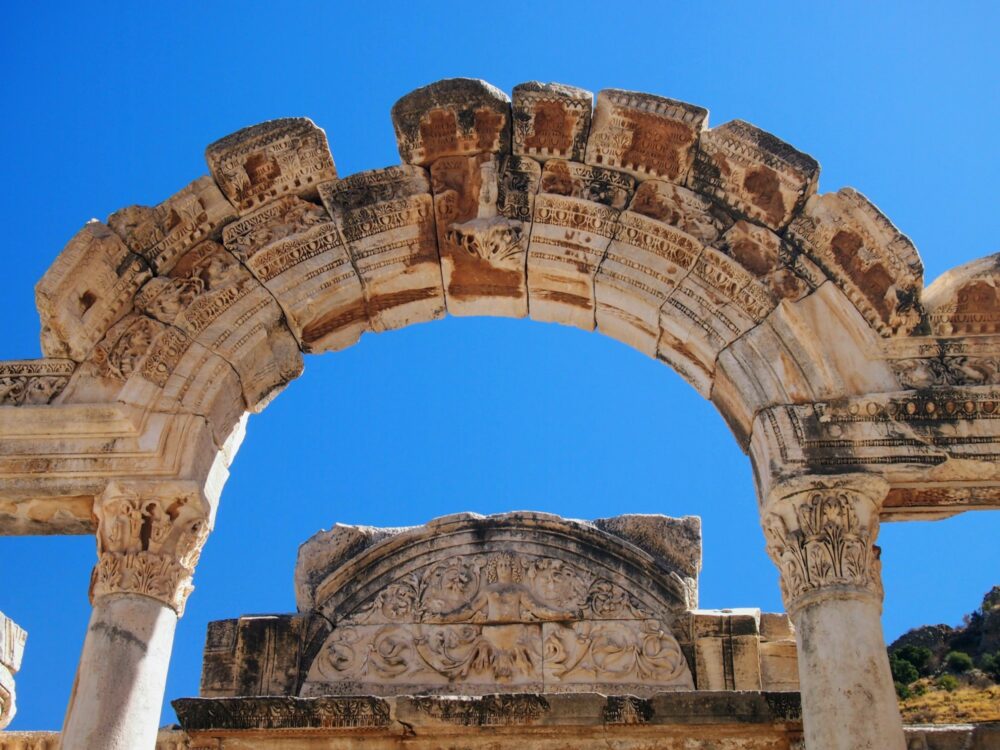
Like anywhere else in Turkey, stray cats are the real rulers of Ephesus. The babble of tour groups was often interrupted by the sound of a mewling kitten, its mother perched above the crowds with a watchful eye.
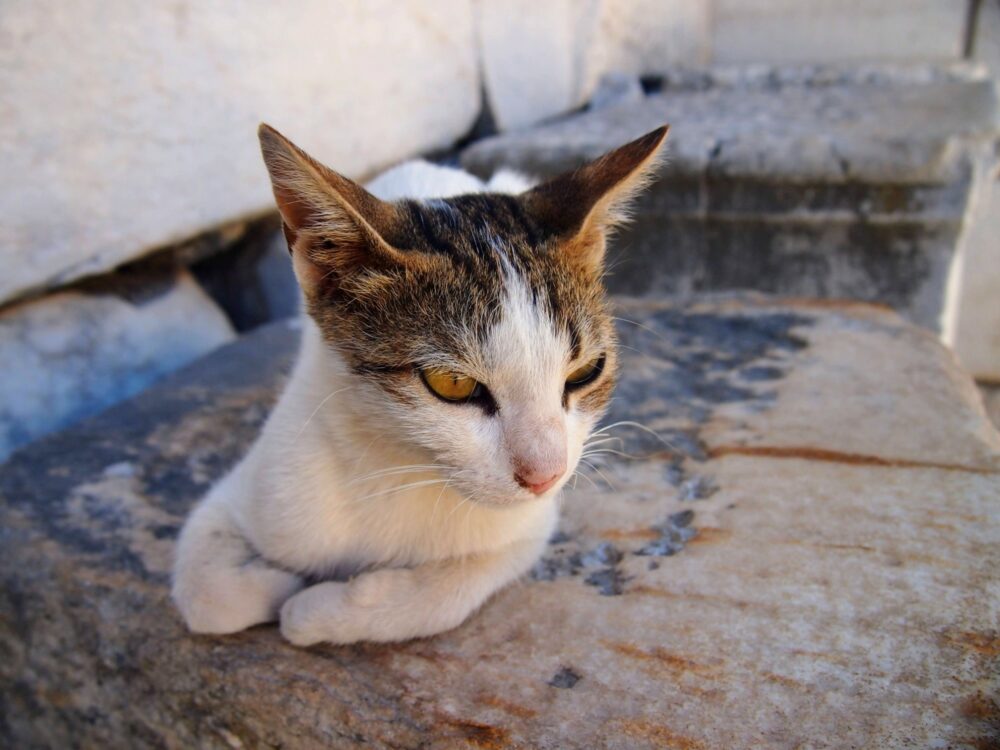
And just like in Istanbul, passers-by often left a handful of food for the hungry felines.
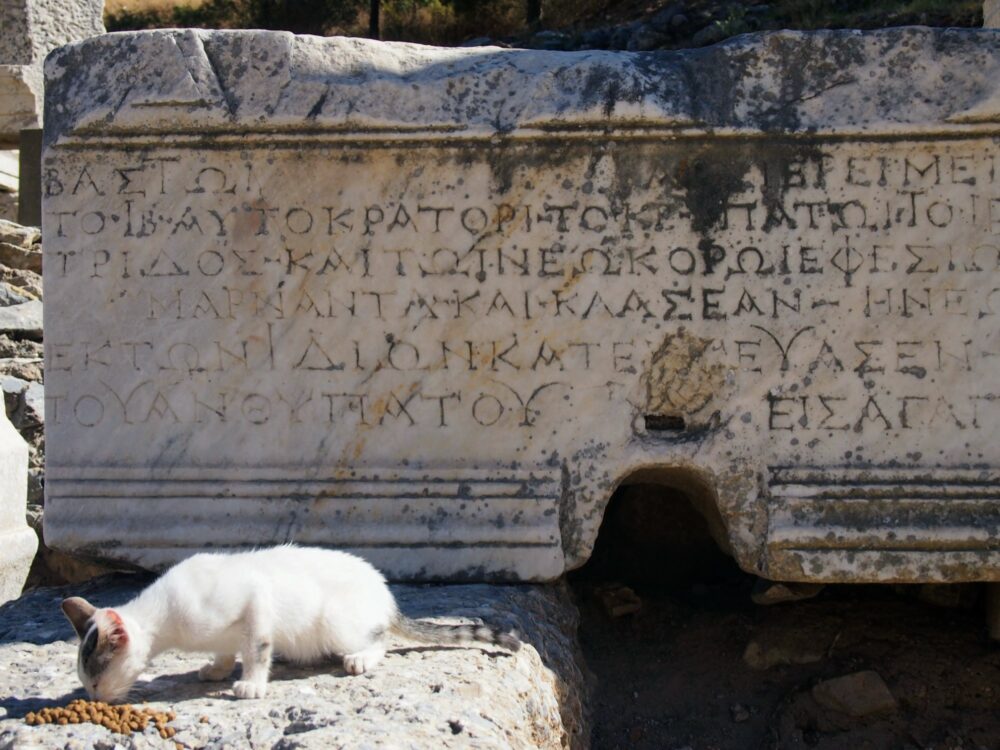
While few of the statues were completely intact, I was impressed by how many of them remained at all after several earthquakes and a millennium underground.
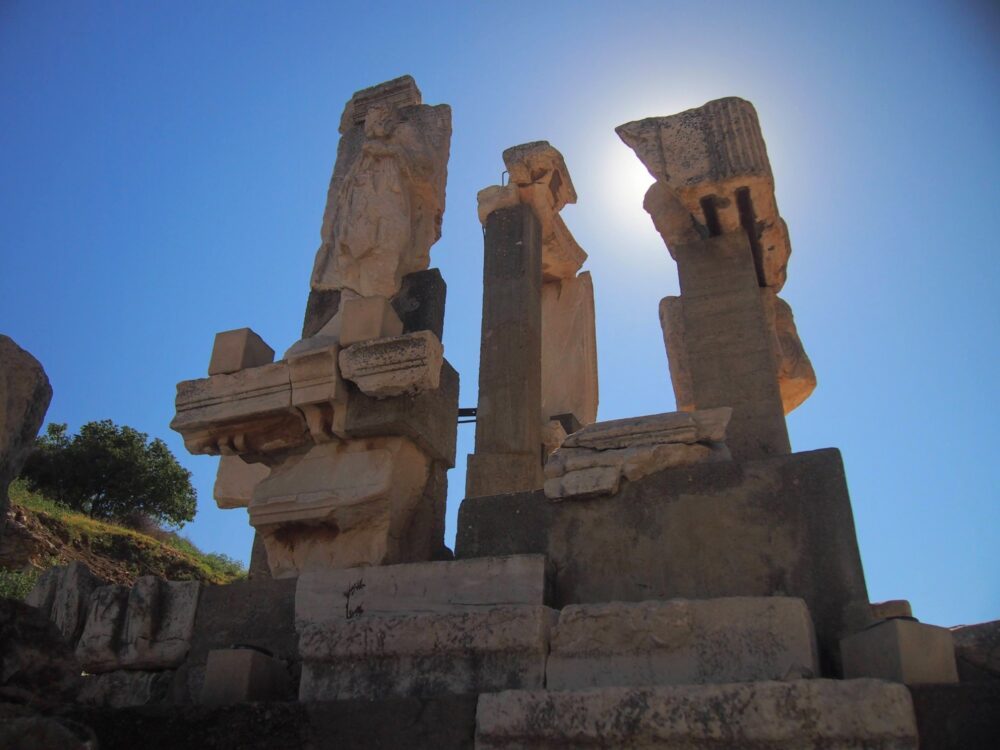
Of course, like any city, it wasn’t all about the cerebral pursuits. There were several more, well, down-to-earth activities that obviously took place in Ephesus as well.
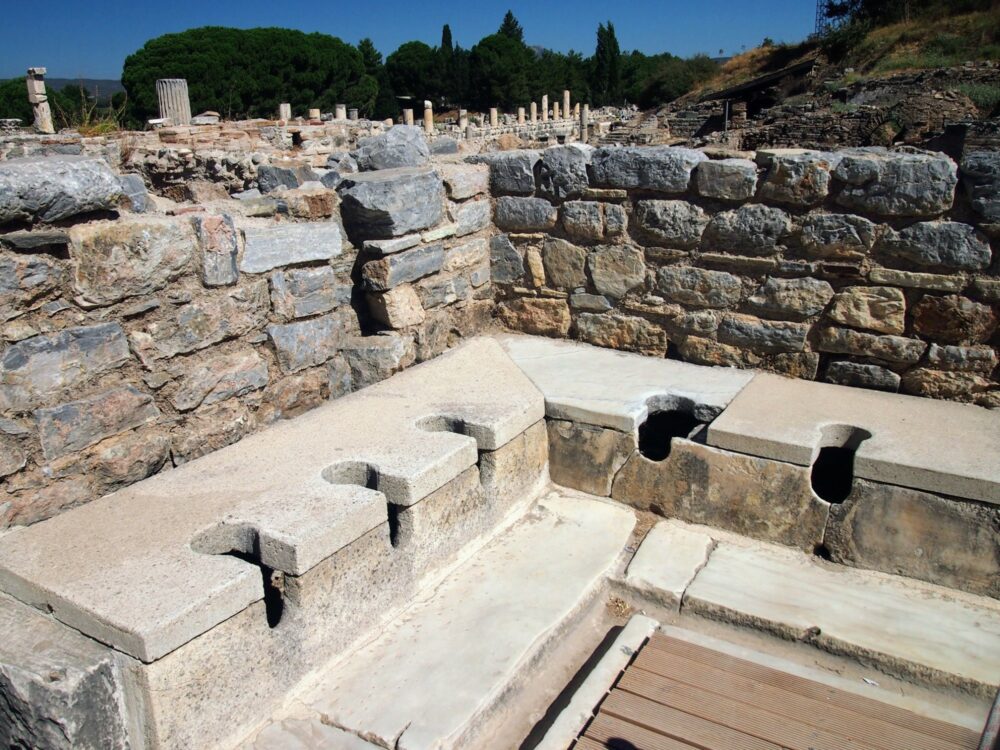
The obvious highlight is the Library of Celsus, the restored façade of which is visible from much of the site. It was dramatically impressive, both inside and out, although the noise from the crowds milling around made it seem more like a fairground than a place of research.
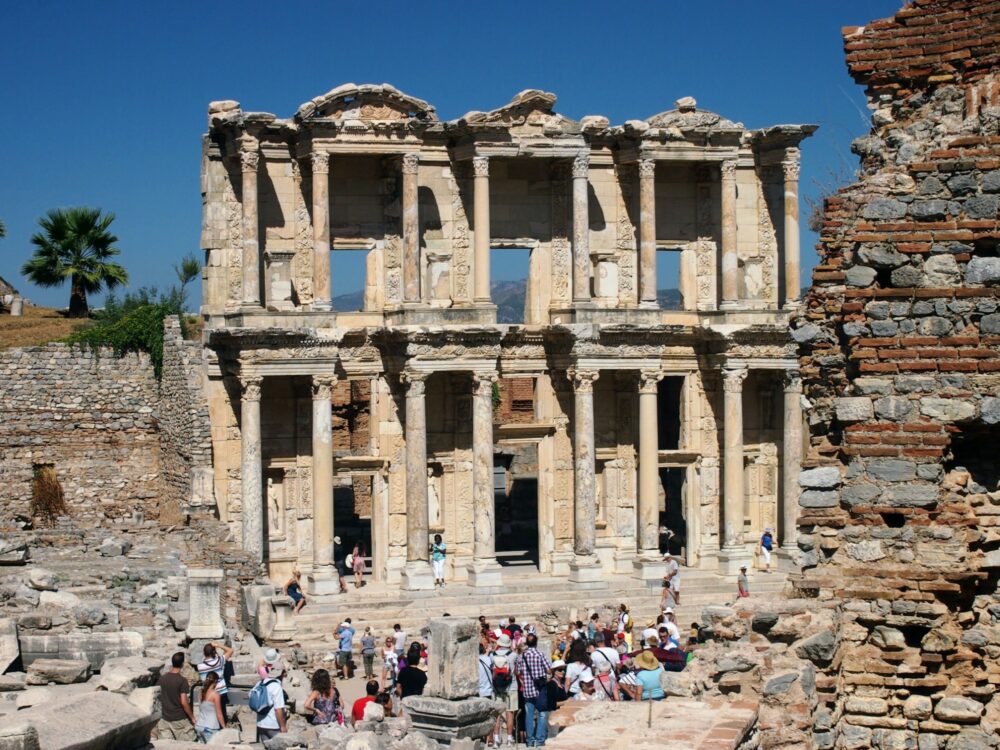
A little further down the road lies the Great Theatre. Able to house up to 25,000 people for plays and gladiatorial contests, and still used for special performances today, it was the one place that didn’t feel crowded. The steep climb to the top served to put a few people off, and the sheer scale of the theatre meant that there was plenty of space for everyone. A little solitude away from the scrum below was by this point very welcome.
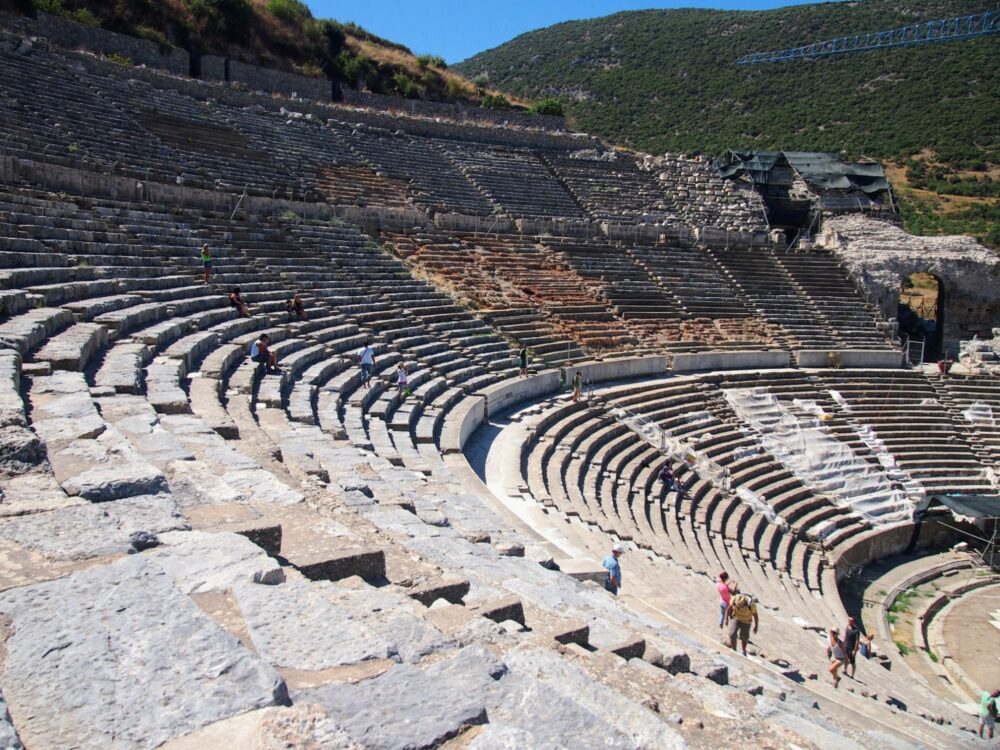
Walking away from the theatre a little later, we stopped to watch a truly bizarre show that seemed to be repeated every twenty minutes or so. Actors in badly-fitting costumes surrounded a small stage, where “Anthony” and “Cleopatra” watched two gladiators engage in an appallingly-choreographed fight scene.
With half-hearted cheering, pre-recorded trumpet blasts, and what appeared to be kangaroo impressions, a winner was eventually declared. Everyone bowed to the audience, the crowd went mild, and the strange little performance concluded. Thank god.
And that seemed as good a time as any to leave, hot and tired as we were in the midday sun.
Was it worth the twenty lira entrance fee and two hours of pushing through crowds? Yes, absolutely. These are by far the most complete and impressive set of ancient ruins I’ve ever seen, and I’d easily recommend a visit to Ephesus to anyone travelling in Turkey.
Just get there early.

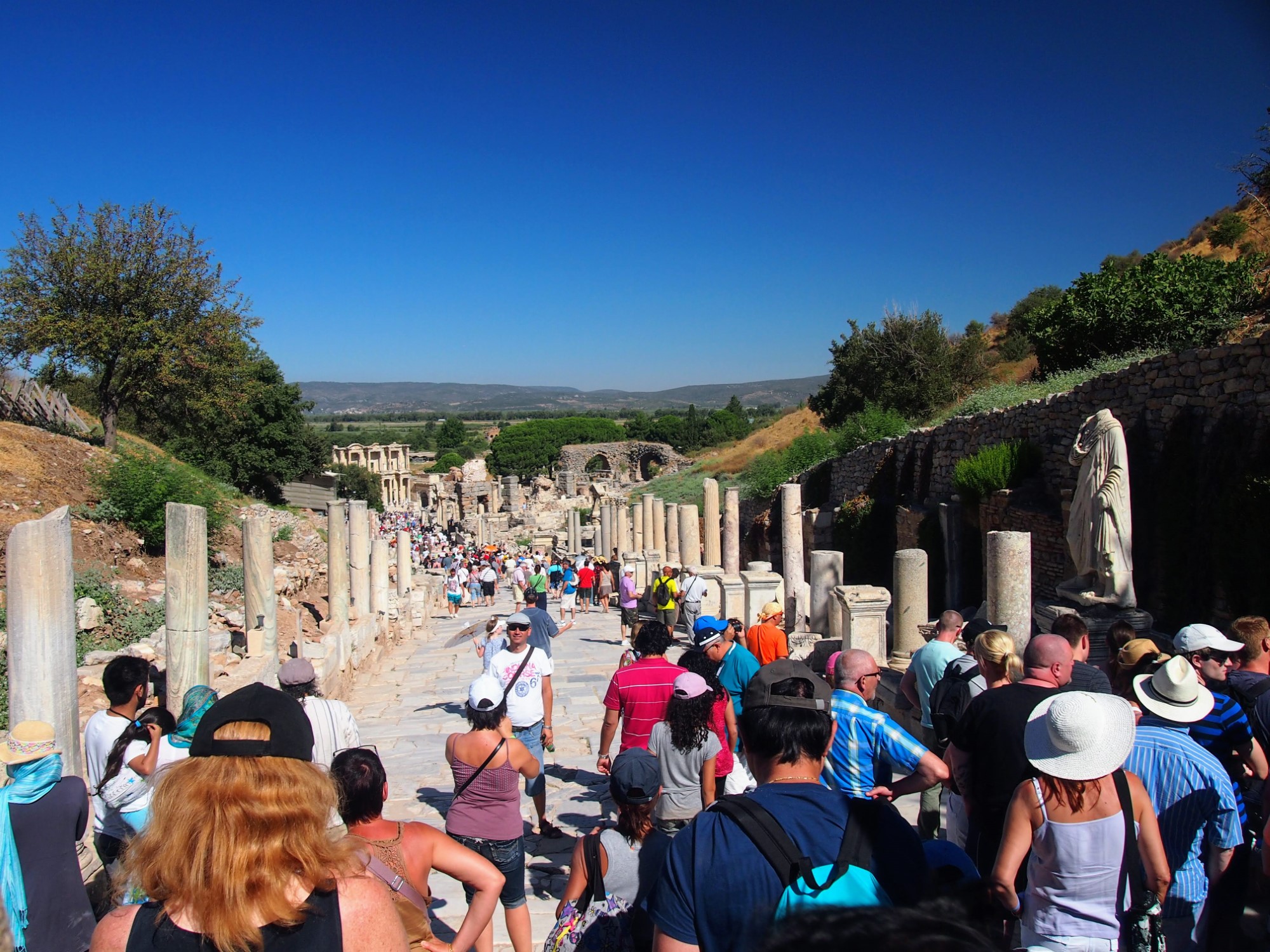
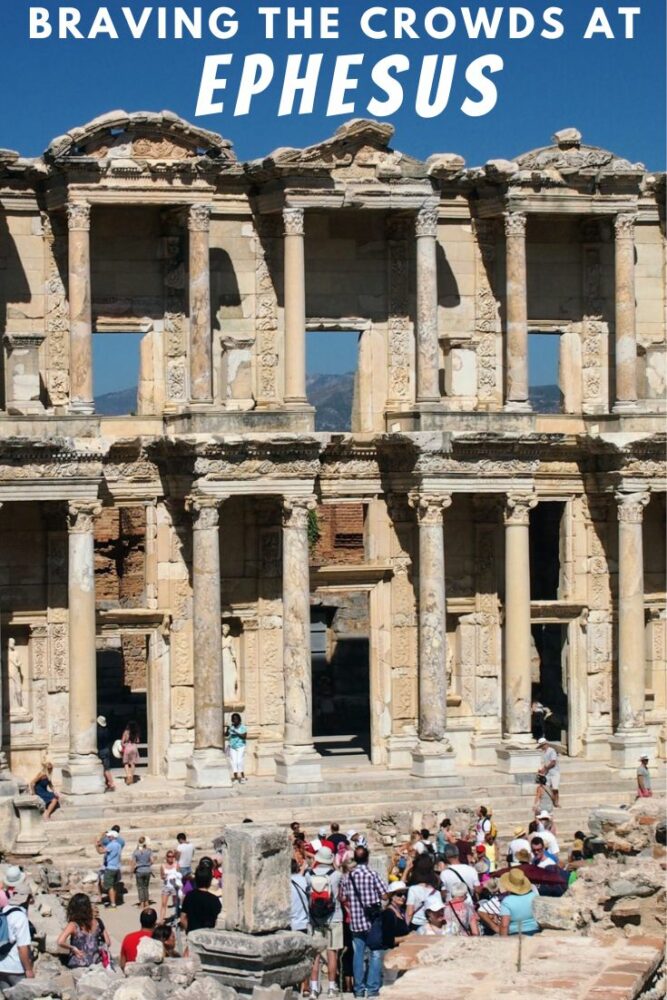

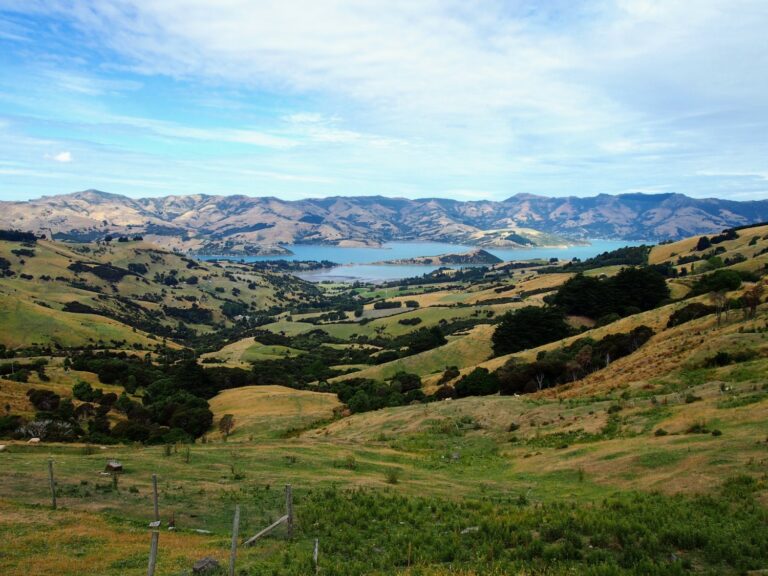

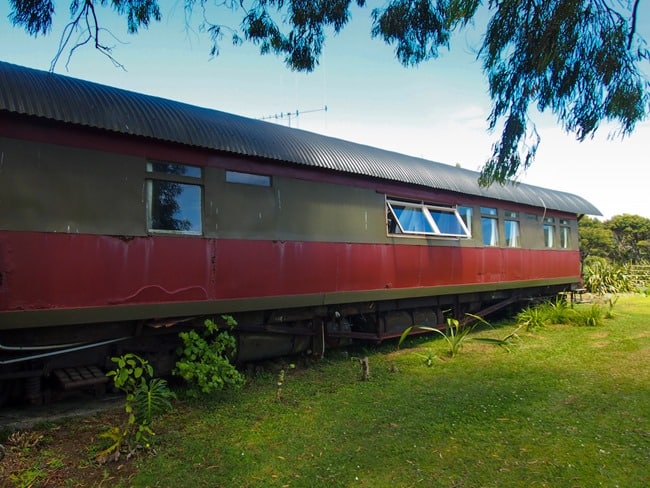

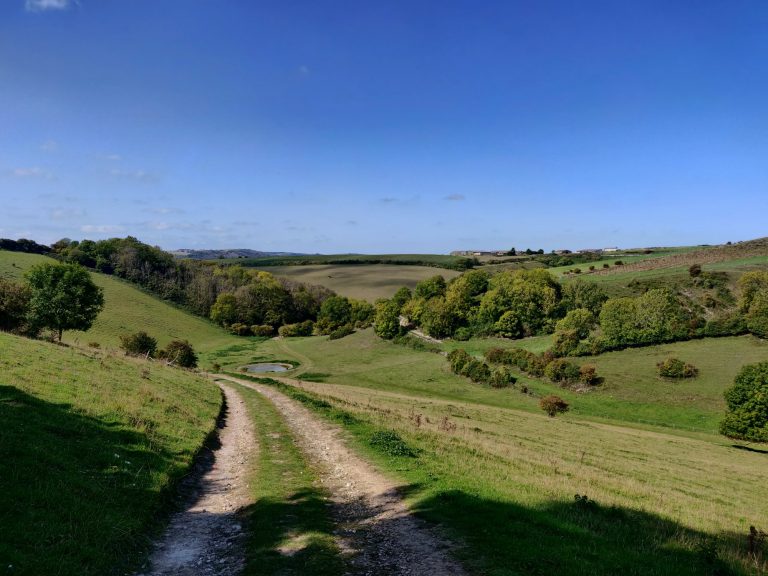
Ok, never heard of this place until I read this post. you learn something new every day. The library and theater look great. Nice post. Great photos…
Great photos of a great place. If you are ever anywhere near Turkey go there!
It looks absolutely amazing. One thing I will always regret is not getting a tour guide when we visited Pompeii – I think the ruins would have been much more interesting if we’d had someone knowledgable tell us a bit more about them. Would you say the same would be true for Ephesus?
I think the same would be true – with a caveat. You’d really want to get a guide to yourself, or as part of a very small group. Some of the tours I saw had upwards of 20 people attached to one guide, and nobody seemed to be having a good time – straining to hear, rushing from place to place, etc.
The hostel that we stayed at had a decent guidebook for Ephesus to read and borrow, so I just read that plus a few things online to get a reasonable idea. There is also an audio guide that you can hire (10 lira, from memory) that may be a good – and much cheaper – substitute for the human version.
I visited just after 9/11 walked all over for four hours, never saw another tourist, just as I was leaving two Japanese tourists entered, same in Petra and Troy, travelled overland from Istanbul to Cairo, mostly had the place to myself